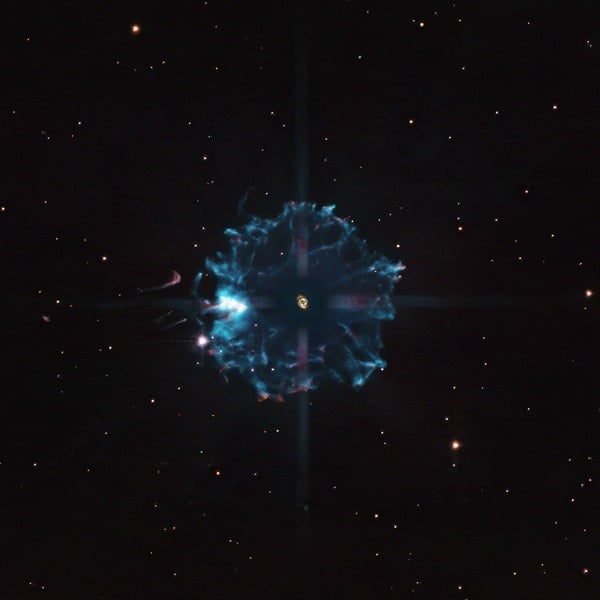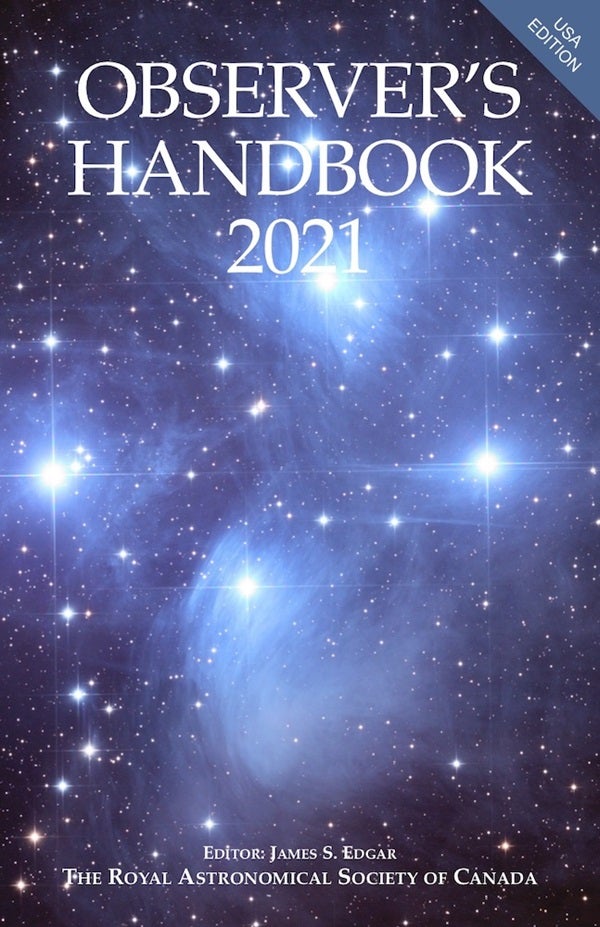I’ve always held the opinion that a backyard astronomer should never go outside without an organized list of objects to observe. Whether designed for a single evening or as part of a goal-oriented observing program, having a plan helps you avoid night after night of aimless searching, which could diminish your interest in the hobby. I offered ideas for one-night observing lists in my February 2020 column, “February’s Finest Sights.” But this time around, we’ll look at some extensive compilations of deep-sky objects that can keep you engaged for nights on end.
Perhaps the best known deep-sky list is the Messier Catalog. And while it can serve as a single night list (if you’re adventurous enough to tackle a Messier marathon), its 110 entries are better subdivided into a series of smaller lists that can be spaced out over the course of a year. The annual edition of the Observer’s Handbook, published by the Royal Astronomical Society of Canada, includes a Messier Catalog list broken down by season. This month, the winter Messier objects are still visible after sunset. So, if you put four to six targets on each individual list (my recommended number for a single-evening session), you can view them all over the course of several nights.
However, the Messier Catalog isn’t the only game in town. The Observer’s Handbook has a matching 110-entry list of the finest NGC objects, again organized by season. Experienced amateur astronomers who own medium- to large-aperture scopes also will want to tackle the book’s Deep-Sky Challenge, a 45-entry list arranged in order of increasing right ascension, put together by Alan Dyer and Astronomy contributor Alister Ling.
Want more? The Observer’s Handbook also includes Deep-Sky Gems, a seasonal listing of 154 nebulae, clusters, and galaxies compiled by noted comet hunter David Levy. Finally, if you’re a deep-sky specialist, you’ll also find lists devoted to double and multiple stars, carbon stars, open and globular star clusters, and galaxies. The Observer’s Handbook is an essential guide for amateur astronomers, filled with observing hints, a monthly sky calendar, and a wealth of data on solar system and deep-space objects. (The 2021 edition is available at MyScienceShop.com.)
For even more deep-sky lists, go to the website www.astroleague.com, scroll down to the menu on the left-hand side, and click on “Observing Programs.” This page describes the Astronomical League’s observing programs (featured in my March 2015 column, “Astronomical Game Plans”). From there, you can access an alphabetical list of the Astronomical League’s 70-plus observing programs. Pick one that interests you and download the list. You don’t have to be an Astronomical League member to do so, but if you are a member and complete a program, you’re also eligible for a certificate and award pin.
Rich Kupfer of Boynton Beach, Florida, has created a deep-sky list of his own entitled “The Elite 800 (A Deep-Sky Catalogue for the Discerning Visual Observer).” Designed for the backyard astronomer equipped with a moderate telescope, it was compiled from thousands of observations Kupfer made over the course of 40 years. Arranged alphabetically by constellation, it lists some of the most notable multiple stars, variable stars, carbon stars, asterisms, and deep-sky objects. The entries for some constellations are short enough to place on a single-evening list. Others are rather extensive (Virgo’s list covers nine pages!) and will need to be broken into multiple lists. Although “The Elite 800” was compiled with a 14-inch scope, many of Kupfer’s entries are within reach of smaller-aperture instruments. Get your free PDF copy by contacting Kupfer at rkupfer3@comcast.net.
Questions, comments, or suggestions? Email me at gchaple@hotmail.com. Next month: Which constellation has the most stars of spectral class K9?











